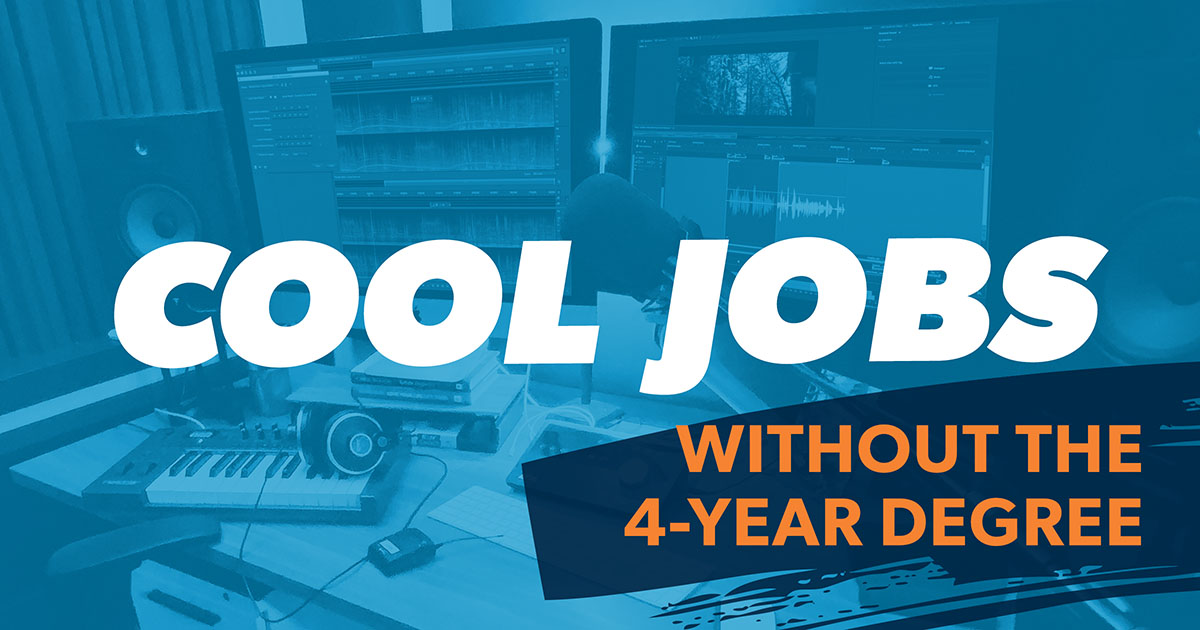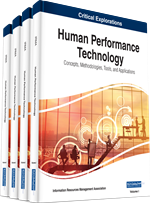
Technological innovations have allowed distance learning to evolve over time. The Internet and videoconferencing changed the way that distance learning works. These technologies allow students to take courses at their own pace and are flexible and cost-effective. There are many other methods of distance education, including self-paced courses and teleconferencing.
Internet technology revolutionized distance learning
The 1980s were a pivotal year in distance education. For example, the University of Phoenix was the first college to offer its courses entirely online. The institution offered both graduate and undergraduate degrees. Others, such as CALcampus, began offering online courses. In 1990, Open University created its first online school. Regent University then began offering an online communication Ph.D. Distance learning has taken many forms since then.
In the middle of the 1990s, the U.S. The United States Postal Service introduced reliable long distance mail, which resulted in the creation of commercial correspondent colleges. Postal service was also used for the distribution of instructional materials. With the advent of the Internet, distance education has evolved into a much more sophisticated program. Today, elite institutions offer classes and degrees online.
Video conferencing is a form of distance learning
Video conferencing was first developed in the late 1800s. People wanted to be connected to each other immediately after the inventions of the telephone. The technology was somewhat ahead of its time and took a while to develop. Bell Labs and AT&T were the pioneers in the development of the technology.

The technology has many uses, and the benefits of video conferencing are numerous, but they are particularly useful in education. You can host teacher conferences online, which eliminates the need to travel to teach and allows teachers to make valuable time.
Continuous enrollment is possible with self-paced programs
Self-paced programmes allow students to complete courses at their own pace, which makes them a great option for people who want to take classes on the go. They offer a variety of benefits, such as flexible scheduling, flexible deadlines, and greater individualization. These programmes can also help people who are already knowledgeable in a subject finish their studies more quickly.
Flexible online courses can be self-paced and offer flexibility. Students are not restricted by a fixed schedule. This is especially helpful for those who are serving in the armed force but still want to pursue a college education. Students who have children, are unable to work or have other responsibilities, can benefit from self-paced courses. They can enroll whenever they want and log in at a time that suits them.
Cost-effectiveness
Distance education can be costly. This is why cost-effectiveness analysis can be difficult. The main challenge is to get comparable data from various institutions. It is hard to compare costs between different systems because these institutions don't collect their own data. Another issue is that distance education programmes are often different from conventional education in terms the structure of their programmes as well as how they use media. The education and age of students may also have an impact on their learning. Therefore, simple comparisons of unit costs can lead to misguided policy decisions.
There are several ways to improve cost-effectiveness analysis. The study must first establish its goals. Once the goals have been established, it is possible to compare the cost of alternative options. The next step is to evaluate the cost-effectiveness and take into consideration the costs associated with implementation and organizational changes.

Problems with assessment
An assessment that measures student learning is the ideal one. It should not be merely about test content. It would be more real, more motivating, as well as more useful than the traditional tests. It would evaluate students' ability for complex tasks to be completed and to refine products rather than simply assess their knowledge.
The research team conducted two phases. One was a cross-sectional survey that included students and academic staff, and the other was a focus group discussion with academic personnel. Both phases examined the perspectives of students and academic staff on current challenges as well as areas for improvement. This study was conducted by students and faculty from Princess Nourah bint Abdulrahman, a female-only college.
FAQ
How do I get started in eLearning
Start small if your knowledge of creating online courses is not sufficient. A tutorial or quiz could be a good idea.
Once you are proficient in this area, you can move on and tackle more difficult projects. It is better to create lessons using pre-built templates, if you don't have any knowledge of HTML.
Is eLearning really effective?
E-learning makes it easy to share learning content online. E-learning gives learners instant access to relevant information, wherever they are located.
E-learning is also a way to provide training programs on demand, without having to travel and/or rent classroom space.
What are some of the e-learning resources?
Interactive media like animation, audio and video are the most effective ways to communicate learning content.
These media allow learners the opportunity to interact with the content. They are also more engaging and retain learners.
Online courses often contain video, audio, text and interactive features.
These courses can be offered free of charge or at a cost.
The following are examples of eLearning tools:
-
Online courses
-
Virtual classrooms
-
Webinars
-
Podcasts
-
Video tutorials
-
Self-paced, e-learning modules
-
Interactive
-
Social networking websites (SNS)
-
Blogs
-
Wikis
-
Discussion forums
-
Chat rooms
-
Email list
-
Forums
-
Quizzes
-
Polls
-
Questionnaires
Where is e-learning used?
It is a way for people who are unable or unwilling to go to classes face-to-face to learn at their own pace. You can also use it to teach others how to do things.
E-Learning is very popular among businesses because it can be integrated into their training programs.
E-Learning is gaining popularity in schools because it helps to save money and time.
Does eLearning require an Internet connection?
It depends on what you want to do. There is no need to connect to the internet if you're just taking an online class. You will however need internet access if interactive features such quizzes or other types of learning are to be used.
What is eLearning?
E-learning is a time-consuming process that requires significant effort. It also requires an understanding of how people learn. The learning experience should focus on what learners are looking to accomplish.
The content should be engaging and pertinent. Learning materials should contain visual aids such images, videos animations and interactive elements.
E-learning needs to be entertaining and fun. It should have a strong focus on learner motivation. This includes providing feedback for learners working hard to reach their goals and encouraging them.
Statistics
- However, e-learning courses that are engaging, well-designed, and interesting are likely to be perceived as useful by e-learners (Roca & Gagné, 2008). (sciencedirect.com)
- In the 2017 ATD research report Next-Generation E-Learning, 89% of those surveyed said that changes in e-learning require their staff to update or add new skills. (td.org)
- Reliability, validity, and descriptive statistics (The Gambia). Empty CellCRAVEMeanSDACBICOEEHABHEHMPEPOPVSESITRAC0.770.635.080.842) in behavioral intention to use e-learning in The Gambia (53%) and the UK (52%), (sciencedirect.com)
- The UK sample was relatively balanced in terms of gender (56% male) compared to the Gambian group (77% male). (sciencedirect.com)
External Links
How To
What are some examples for e-learning What are the benefits of using eLearning?
There are many different types of e-learning available, including:
-
Distance Learning – Distance learning can be done entirely via the internet.
-
On-site Training - A group of people gathers to receive training in person.
-
Virtual Classroom - A virtual classroom is a computer-based environment that allows students to communicate with each other, teachers, and even experts via chat rooms, forums, and more.
-
Webinars – Webinars allow you to present live over the internet. They enable you to interact with your audience live.
-
Self-Paced Classes - These courses are self-paced and do not require an instructor. You can log into the course whenever it's convenient for you.
-
Interactive Tutorials: Interactive tutorials help users learn how to complete specific tasks.
-
Social Media Learning Portals - Twitter, Facebook and other social media platforms offer great opportunities for learning. Students can communicate ideas, ask queries, and get feedback and support from their friends and peers.
-
Online Forums - Online forums are a good way to discuss topics related to your field of study.
-
Podcasting: Podcasting is creating audio files which can be downloaded later and listened to.
-
Video Conferencing - Video conferencing allows two or more people to meet face to face virtually.
-
Mobile Apps - Mobile apps are programs created specifically for smartphones and tablets.
-
Online Quizzes - Online quizzes are a simple way to assess what you know about a topic.
-
Discussion Boards -- These boards allow you to send messages, read others' messages, and then respond to those messages.
-
Website Content Management Software (CMS), - CMSs enable website owners and administrators to easily manage site content.
-
Blogging – Blogs allow readers to post comments and opinions.
-
Wikis- Wikis let multiple people edit pages simultaneously.
-
Chat Rooms- Chat rooms can be used to exchange ideas with other users online.
-
Email Lists- These are email addresses you can use to send messages.
-
RSS Feeds: RSS feeds are news aggregators which collect articles from different sources and present them in an easy-to-read format.